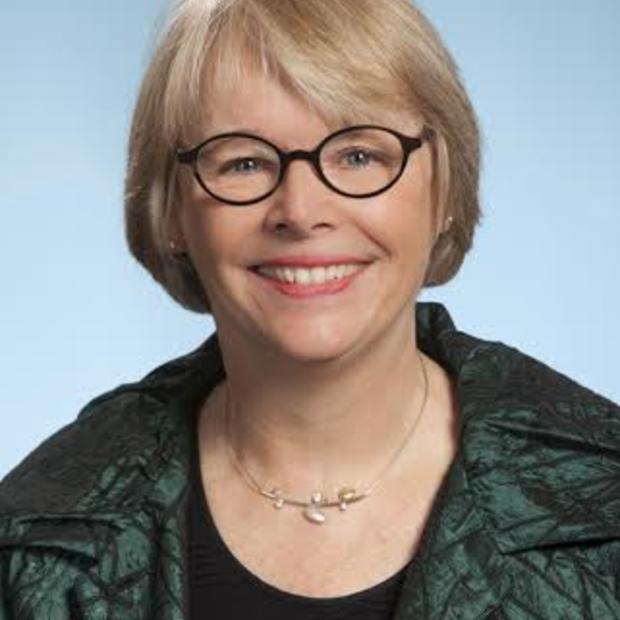Jim Diers, who was head of the City's Office of Neighborhoods for 14 years, some years back published a popular book called Neighborhood Power. Diers served under three previous mayors. He championed neighbors working with neighbors, and the meaningful inclusion of stakeholders in the City's decisions. His book is widely read and quoted by elected leaders all over the country.
Everywhere but here, apparently.
The City of Seattle's concept of "meaningfully including stakeholders" in key decisions has been foundering. The neighborhood advisory groups and the recently adjourned Waterfront Stakeholders Advisory Committee (SAC) are two recent examples.
As I've been touring the city to learn more for my race for City Council, I'êve been listening to what matters to people. Recently, members of certain neighborhood groups expressed their frustration to me. They told me that they attend meeting after meeting at the City's request, but the citizens see their input as too late in the process and little heeded by the electeds. These folks told me the City asks for their input for only two reasons: as appeasement or to support a pre-determined outcome. They wondered aloud: Why bother?
Similarly, the 29-member Waterfront SAC, convened to grapple with the Alaskan Way Viaduct decision, was recognized as a blue ribbon panel with a 12-month limited appointment. It was composed of members of communities including Ballard, West Seattle, and Pioneer Square; of economic interests such as the Seattle Chamber of Commerce, the stadiums and freight; and of prominent organizations including the King County Labor Council, the Cascade Bicycle Club, and People for Puget Sound. It has powerful voices. The SAC's task was to review, deliberate on, and provide comments to the technical work for the Viaduct's central waterfront replacement.
Oddly, providing an informed opinion was not one of their requested tasks.
For 12 months the SAC listened to engineers and traffic experts describe replacement alternatives to the Viaduct. The SAC members listened hard, but didn't like what they heard. Despite repeated requests to have the technical and cost data provided to them in a timely way, the materials were frequently late. As a result, many members felt they could not digest the facts meaningfully before the meetings. Many felt their time ill-used.
Adding insult, in the final weeks before the SAC was expected to conclude its work, some committee members were pointedly told by SAC staff to stop asking questions. The members were brusquely informed they really didn't have a role in making a final recommendation; they were just there to "provide feedback."
The stakeholders committee was not satisfied to simply end without any further input. The members did not like the final two waterfront options presented to them (a new elevated viaduct or the surface-transit solution), so they stepped up with their own grand compromise involving a deep-bored tunnel, a hybrid proposal that had nearly unanimous support for further study from the interests at the table. Imagine this prospect: a Viaduct replacement option with broad citizen support could actually be selected so that our region could move forward with this project.
Since the tunnel compromise proposal was submitted to the Governor, the Mayor, and the King County Executive about three weeks ago, much has been written about it and it appear to be gaining support. And here's positive news: the three electeds did hear the stakeholders. On Tuesday Gov. Gregoire, Mayor Nickels, and Executive Sims issued an unexpected joint statement. They recognized the "overwhelming response and input on replacement options from stakeholders, [and] we have asked our respective transportation teams to continue their review."
The elected officials know that selecting the Viaduct replacement is a once-in-a-lifetime opportunity to "find the best option that addresses not only financing, but also solves safety, economic, capacity, and environmental concerns." Thanks be to the SAC for pushing forward.
Jim Diers would be pleased. As he wrote, "people need to be engaged in their communities and with their government on an ongoing basis. People will commit to such involvement to the extent that they see results."



